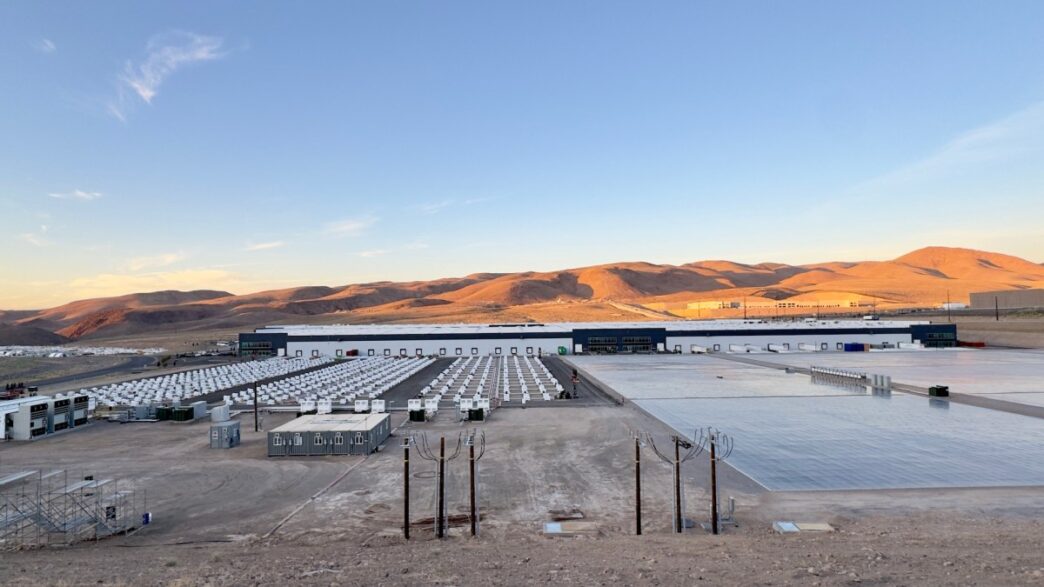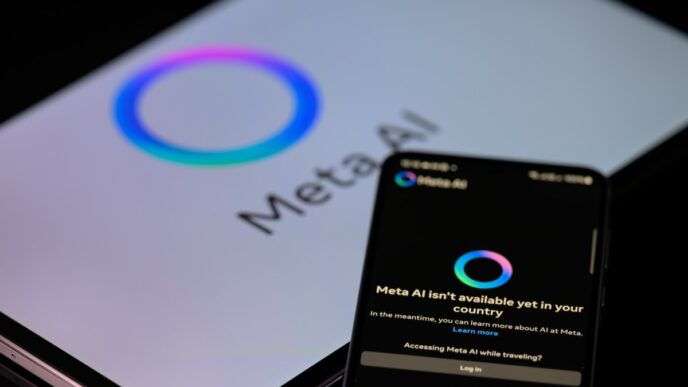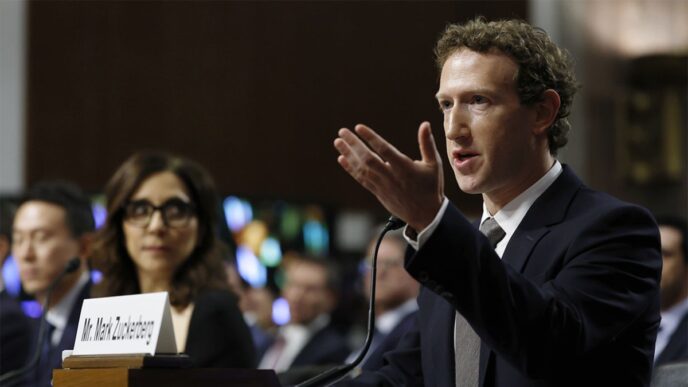Redwood Materials launched a massive new energy storage business using retired EV batteries. The Nevada-based company showed off the largest microgrid in North America at its Sparks facility, powering an AI data center run by Crusoe with 805 used EV battery packs.
The grid runs on 12 MW of power and stores 63 MWh from adjacent solar panels. These batteries aren’t recycled yet — they’re repurposed to provide clean, grid-tied energy to Crusoe’s 2,000 GPU modular data center.
Redwood collected over 70% of all used or discarded EV batteries in North America. It processes 20 GWh annually, equal to 250,000 EVs. The company already holds over 1 GWh of batteries waiting for recycling, expecting 4 GWh more soon.
The plan? Deploy 20 GWh of grid storage by 2028, making Redwood the biggest recycler-turned-energy-provider in the U.S.
CEO JB Straubel made it clear the microgrid setup is profitable, built in just four months, and not a demo.
“We wanted to go all in,” Straubel said, smiling wide.
"I think this has the potential to grow faster than the core recycling business."
Redwood’s been aggressively expanding. Since 2017, the former Tesla CTO’s company has raised $2 billion and recycles scrap and consumer batteries into materials like cobalt, nickel, and lithium. Revenue hit $200 million in 2024, largely from battery material sales.
The move into energy storage with Redwood Energy targets businesses like Crusoe but can also integrate with wind, solar, or the grid.
CTO Colin Campbell said on a tour of the Sparks microgrid:
“There’s no green intent required here.
It’s a good economic choice that also happens to be carbon-free.”
Experts see this as key to scaling used battery storage. Jessica Dunn from the Union of Concerned Scientists told TechCrunch:
“This really demonstrates how economical the waste hierarchy actually is.
That a large recycler like Redwood recognized the profit potential in repurposed EV batteries shows ‘where this end-of-life market will go.’”
Redwood started early, collecting scrap before the EV boom hit full stride. Straubel admitted they might have been ahead of the curve but sees repurposing batteries as a must to stay competitive.
The recycling market now mostly handles manufacturing scrap and warranty-failed batteries. Redwood’s facilities in Nevada and South Carolina aim to remanufacture critical battery materials at scale—targeting 500 GWh production by 2030.
This launch marks Redwood Materials’ next big bet: turning mountains of retired EV batteries into profitable, scalable grid storage.












